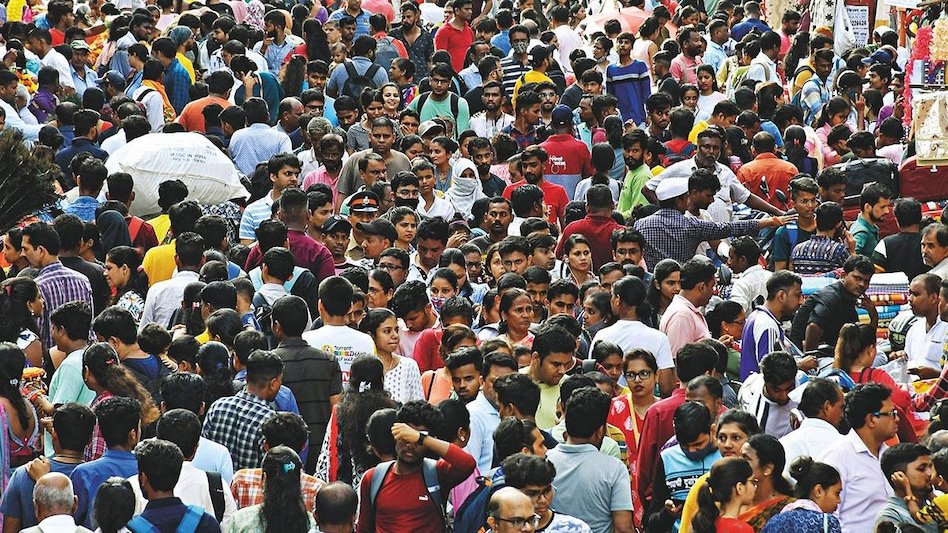Population control in India has been a topic of debate and concern for decades. With a population exceeding 1.3 billion people, India faces numerous challenges related to resource allocation, environmental sustainability, healthcare, education, and economic development. This article delves into the complexities of population control in India, exploring the challenges it poses and potential solutions.
Challenges:
- Resource Strain: India’s large population puts immense pressure on its natural resources like water, land, and energy. Meeting the needs of such a vast populace while ensuring sustainability is a significant challenge.
- Urbanization and Infrastructure: Rapid population growth leads to urban sprawl, straining infrastructure in cities. Issues like inadequate housing, traffic congestion, and sanitation problems are exacerbated by population growth.
- Healthcare Burden: A large population means increased demand for healthcare services. Providing quality healthcare to all citizens becomes challenging, especially in rural areas.
- Education: Ensuring access to quality education for every child is crucial for India’s development. However, a growing population makes it difficult to maintain an effective education system.
- Unemployment: High population growth contributes to unemployment and underemployment issues, especially among the youth.
Solutions:
- Awareness and Education: Promoting family planning through education and awareness campaigns is vital. Empowering women with knowledge about contraception and family planning options can lead to voluntary population control.
- Access to Healthcare: Strengthening healthcare infrastructure and ensuring access to reproductive healthcare services, including contraceptives, can help in managing population growth.
- Incentives and Policies: Introducing incentives for small families, such as tax benefits or subsidies, can encourage people to have fewer children. Implementing effective population control policies and family planning programs is crucial.
- Empowering Women: Enhancing women’s status through education, employment opportunities, and gender equality initiatives can lead to lower fertility rates as educated women tend to have fewer children.
- Environmental Conservation: Linking population control efforts with environmental conservation initiatives can promote sustainable development and resource management.
Challenges to Implementation:
- Sociocultural Factors: Deep-rooted cultural norms and beliefs, such as the desire for male heirs or large families, can hinder population control efforts.
- Infrastructure and Funding: Implementing effective population control measures requires substantial infrastructure, funding, and political will, which can be challenging to mobilize.
- Regional Disparities: Population growth rates vary across regions in India, with some areas experiencing rapid growth while others face population decline. Addressing these regional disparities is essential.
- Policy Implementation: Ensuring effective implementation of population control policies at the grassroots level is crucial for their success.
Population control in India is a multifaceted issue that requires a comprehensive approach encompassing education, healthcare, women’s empowerment, and policy interventions. By addressing the challenges and implementing sustainable solutions, India can work towards achieving a balanced population that supports economic growth, social development, and environmental sustainability.









